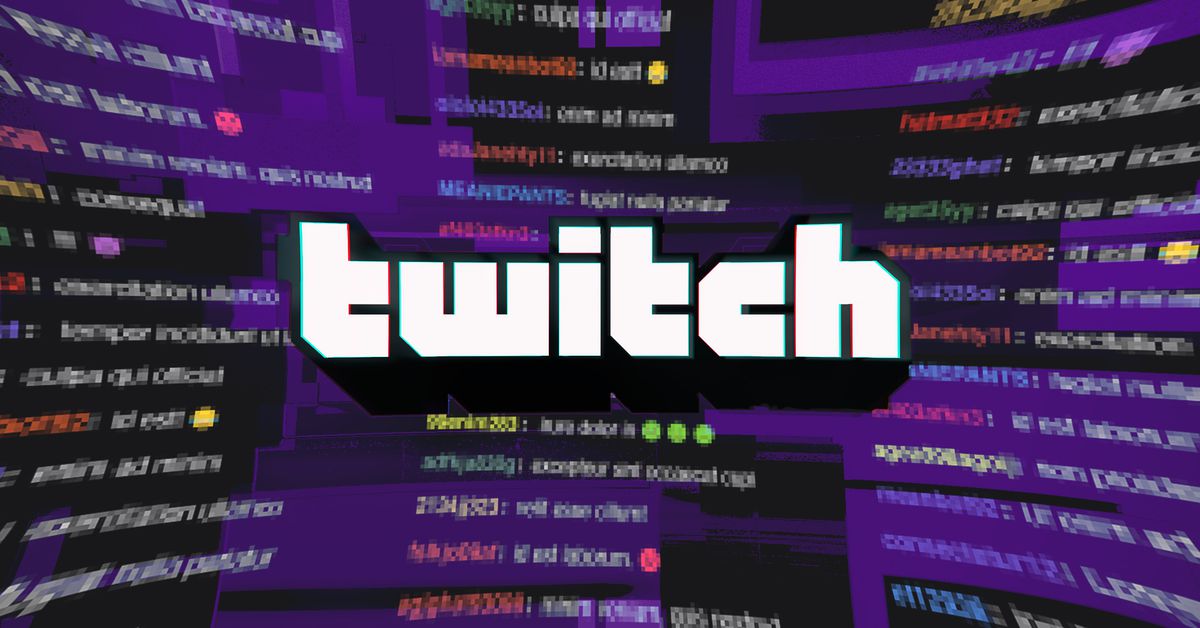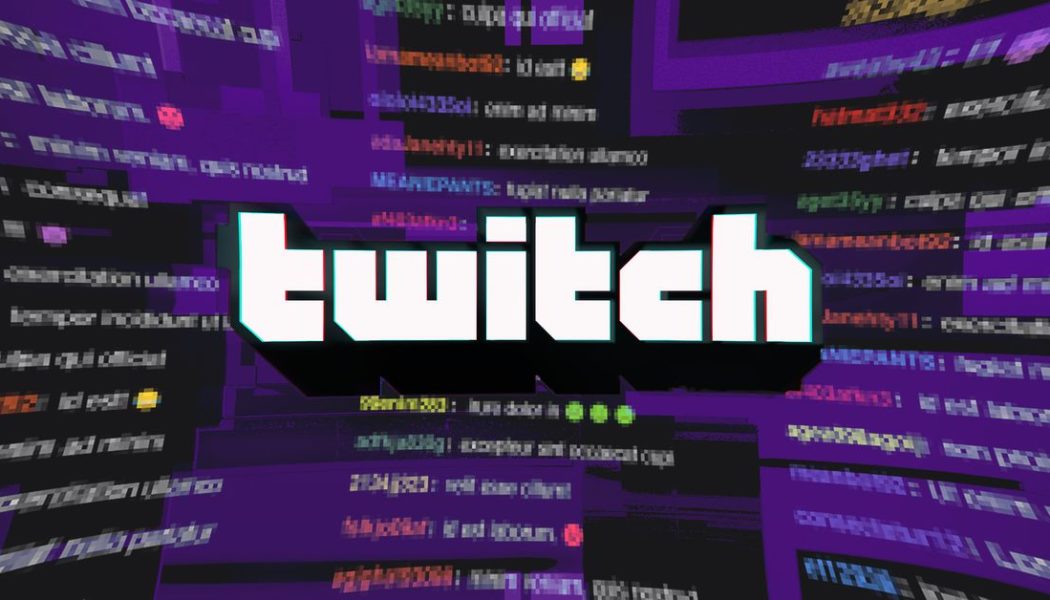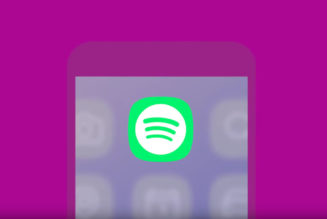
Hate raids happen with little warning. A streamer will get a follow notification and instead of feeling joy that a new person has joined their community, dread sets in as their chat suddenly erupts into an uncontrollable geyser of hateful messages. Hate raids have infested Twitch over the last few weeks, primarily targeting marginalized streamers making life on the platform so miserable many are considering abandoning it altogether.
Twitch has promised new safety features are in the works, but streamers are upset and angry that more hasn’t been done to stop hate raids. Streamers are using the #twitchdobetter hashtag to agitate for change, and they are creating and sharing resources to protect themselves against the seemingly endless tide of trolls bombarding streamers with racist, transphobic, and ableist messages. The Verge spoke with the streamers and Twitch community members taking the safety of marginalized creators into their own hands about the tools they’ve created to do battle against the trolls.
Raids are a normal part of Twitch culture and happen when a user on Twitch sends their viewers to another streamer, usually as a show of support. Every Twitch streamer is competing for more eyeballs on their channel, and raids are a way to spread the wealth.
Hate raids are when people use the raid mechanism to abuse a streamer. Instead of another user’s organic audience, a streamer’s chat is flooded with hateful messages from bot accounts. Hate raids are difficult to deal with since a streamer or their mods have to ban hundreds of fake, bot-generated accounts at a time, slowing down the normal, everyday process of chat management.
To combat this, streamers are creating what they’re calling a “panic button” — a string of chat commands that are executed all at once at the press of a single button. The Verge spoke to Bee, a Twitch streamer who has experience with this “panic button” setup, to explain what it does and how streamers can use it to protect themselves.
“It’s a multifunction button on my Elgato Stream Deck that disabled the alert box, disables on-stream chat, clears chat, switches to sub-only mode, creates a stream marker, slows chat down, and plays ads,” Bee says. “I also then have a reverse button to undo those actions for when things have calmed down.”
For users who don’t have fancy equipment, Twitch streamer EarthtoBre created a program that does the same thing using Lioranboard — a free stream management tool that works similar to the Stream Deck. She even made a tutorial.
Streamer JustMeEmilyP took the response to combating hate raids a step further by creating a Hate Raid Response website full of useful tools like how to program a “panic button” and tips on what to do before, during, and after a hate raid occurs.
The Hate Raid Response website was created in January, long before this most recent hate raid boom. JustMeEmilyP told The Verge she actually created the website in anticipation of Black History Month, when Twitch promotes black streamers and consequently makes them targets for racist trolls. She saw anxiety from Black streamers ahead of Black History Month and acted accordingly. At first, the Discord she set up was relatively quiet and the resources were lightly used.
“That’s where we kind of sat all year until Raven started #TwitchDoBetter. Folks came rushing in,” JustMeEmilyP says. “The hashtag has been a blessing because even the most veteran [streamers] among us have learned this past week!”
CommanderRoot created a tool that lets users block or ignore followers en masse. Combine this program with Hackbolt’s Bots n Bigots spreadsheet that is a constantly updated catalogue of bots known to be involved in hate raids, and streamers can fight back. But increasingly, streamers are wondering why they have to fight in the first place.
Hate raids aren’t a new phenomenon, but their recent explosion across the platform is causing anxiety and anger in the Black, trans, queer, and disabled creators they target because it seems that Twitch, knowing of this endemic problem, hasn’t done enough to stop them.
“If [Twitch] Ambassadors aren’t safe, who can be,” asks Tanya C. DePass, founder of the non-profit I Need Diverse Games and the creative director of the RPG Into The Motherlands. “[Twitch] can’t keep minority streamers safe. Why should we keep creating content on a platform that isn’t going to at least update and show as if they are working on something as a measure until a more permanent solution can be implemented?”
A lot of the resources being used to combat hate raids are shared on Twitter and in Discords with the attitude of, “If Twitch won’t do it, we will.” When Twitch announced a Public Access Channel show on Twitter in the midst of the #twitchdobetter movement, the replies were filled with people complaining about what they saw as Twitch ignoring the problem to instead promote their products.
But a spokesperson for Twitch confirmed to The Verge that tools are in the works that will hopefully address this problem. Twitch’s statement after the #twitchdobetter hashtag started gaining popularity alludes to solutions like improved account verification and ban evasion detectors. Twitch also has a page dedicated to offering tools to help streamers fight harassment.
But the promise of help to come doesn’t do much to combat what streamers are facing right now.
(Content Warning: Racial slurs)
So, streamed today. Chill BG3, no cam, just mic. And you guessed it! Attempted hate raid, AGAIN. CW: Nazi imagery in the screenshots below. So @Twitch what y’all doin’ about this?
Who else wants to ask if it’s racially motivated. Who? pic.twitter.com/4ty5IejJ7v
— Cypher | Watch Game Changer on #BETHerTV (@cypheroftyr) August 17, 2021
Images like the above are becoming all too common, and aside from the obvious distress such attacks can cause, there are other, more insidious ways hate raids are affecting streamers.
“It makes marginalized content creators nervous,” says Dr. Saffista, a games academic who streams as community outreach and research. “And in that trepidation they are either not streaming, putting things into place that ultimately limit community building and growth, or become so nervous every time their alerts go off that they are ‘off their game.’”
Indeed, some of the solutions to hate raids are not tools streamers typically use. According to Twitch culture, such limitations (like turning on subscriber-only mode — a mode that limits who can speak in chat to those who have subscribed to the channel — or limiting chat to emotes only) inhibit a channel’s ability to grow. So this epidemic of hate raids has a one-two punch effect of harassing an already vulnerable group of people and making it that much harder for marginalized streamers to have the same kinds of success cis het white men (a demographic curiously unaffected by the recent rash of hate raids) have had on the platform.
For the casual viewer interested in helping, there is a change.org petition and concerned Twitch users can always continue to support marginalized creators and uplift their voices when these things happen and in general. The tools outlined here will help streamers prepare for the possibility of a hate raid. Hopefully, they won’t need them for too much longer.









